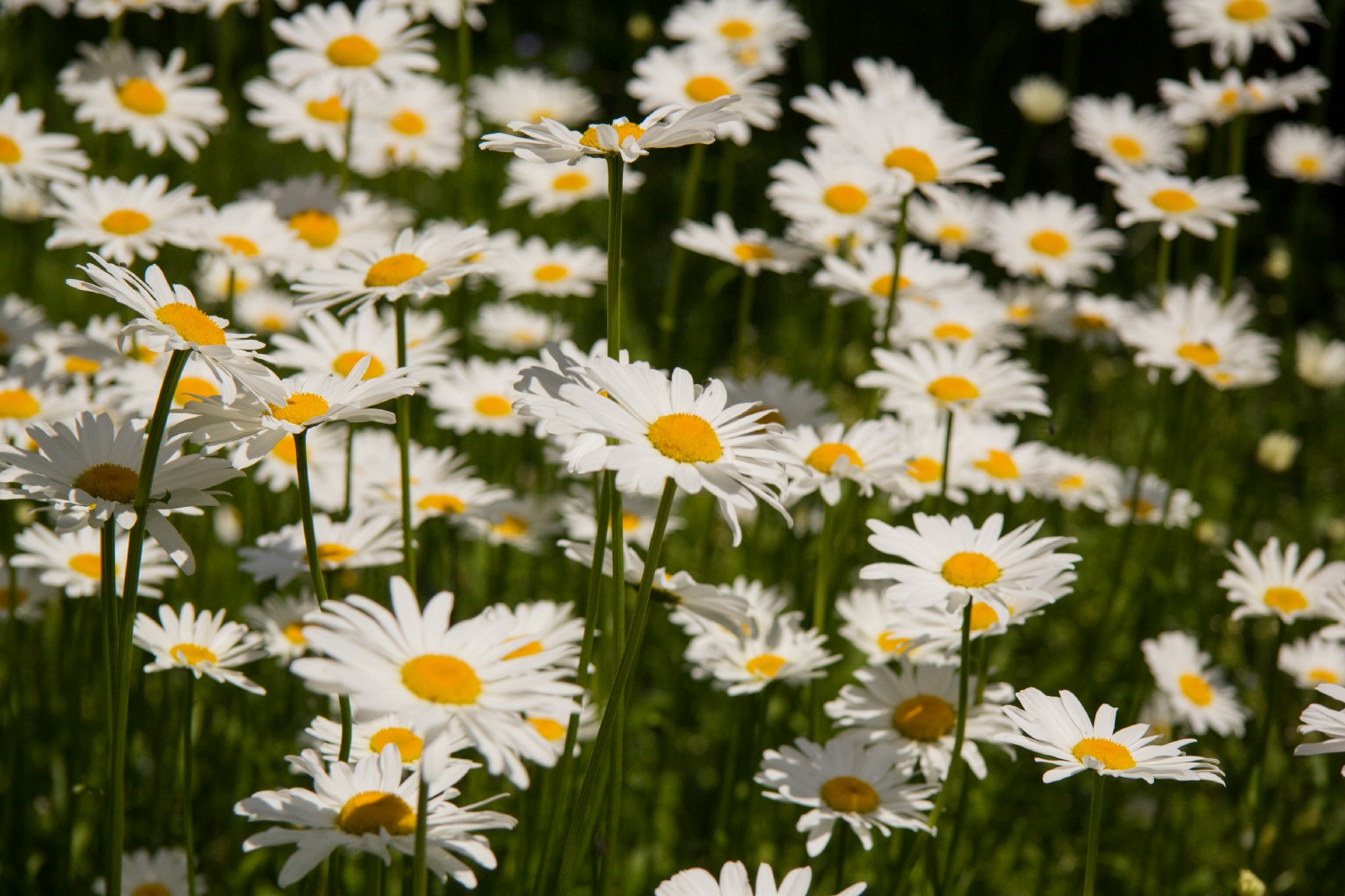
Flower strips and their benefits
Flower strips in the vegetable garden not only look good, but also provide a habitat for many useful insects and contribute to a natural garden design.
Planting a flowering strip is a good idea for many reasons.
With a lush sea of flowers, you will of course first and foremost attract lots of bees. In addition to the "attractant flowers", they won't miss out on the flowers of your vegetable plants once they are there. They also pollinate peppers , zucchinis, tomatoes and the like.
But not only bees love flower strips. Many other insects also enjoy the protected habitat of an undisturbed flower meadow. Among them are many beneficial insects, such as the ichneumon wasp. Their larvae parasitize aphids and other pests, keeping them in check.
A flower strip provides a near-natural habitat and thus increases diversity among the inhabitants of your garden. The network of interactions between individual species becomes larger and denser, which ensures a more stable garden ecosystem. For example, in a near-natural garden with several flower strips, the risk of pests such as aphids or spider mites getting out of hand is very low. The balance between the various insects ensures that no population can grow excessively.
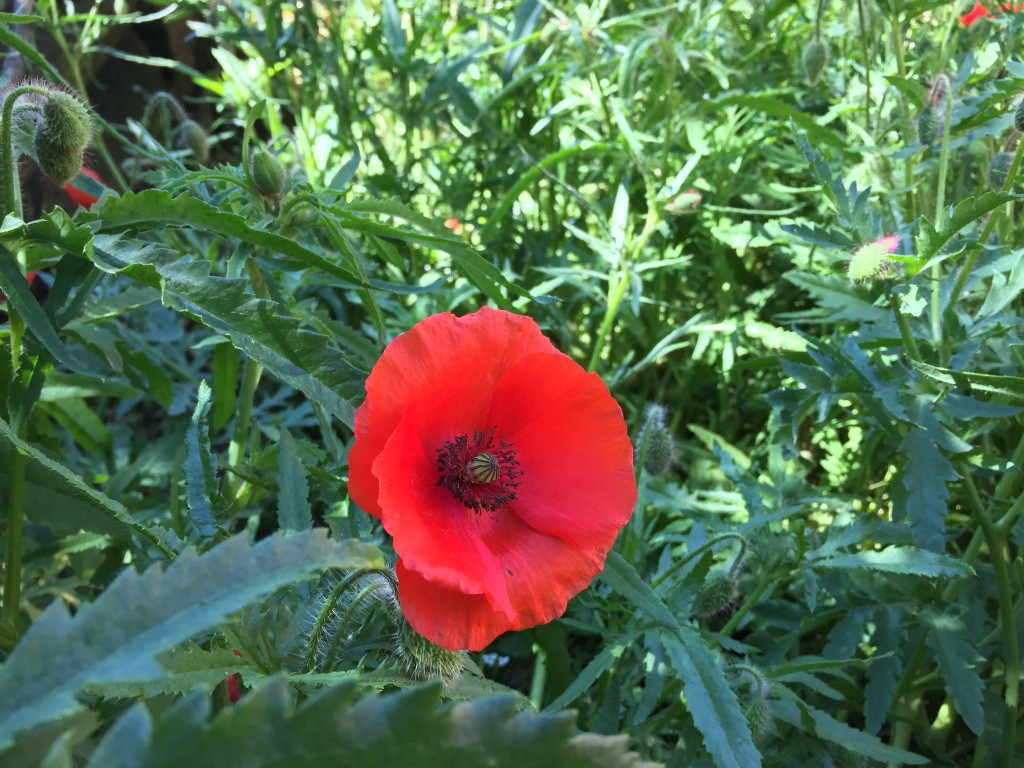
Above a certain bed size, the risk of wind and rain erosion increases if the soil is not protected by a plant cover or a layer of mulch . To prevent erosion, it can be helpful to repeatedly interrupt large beds with flower strips.
In addition to these positive effects for your vegetable garden, a flower strip also functions as a refuge for plants that would normally grow in this spot if it weren't for your garden. For example, indicator plants will also appear. A flower strip is therefore also a form of renaturation and thus contributes to species conservation - provided that native species are sown.
Last but not least, flower strips can look beautiful, adding variety and interest to your vegetable garden. If the species composition is chosen correctly, there will be continuous flowering and you can enjoy the sight of your garden from April to October.
If you have any questions or comments on the topic, write to us at [email protected]. Follow us on Facebook or Instagram. You can also subscribe to our magazine so that you never miss an article again.
Want to get helpful gardening tips all year round and plan your own beds in the best possible way? Then register here or download the Fryd app for Android or iOS.
Fryd - Your digital bed planner

Jonas
Jonas studied agricultural biology. He discovered his passion for plants and gardening through an internship at a permaculture NGO. Since then, he has been gardening on his balcony and in community gardens.
Learn MoreCurrent Topics in the Community
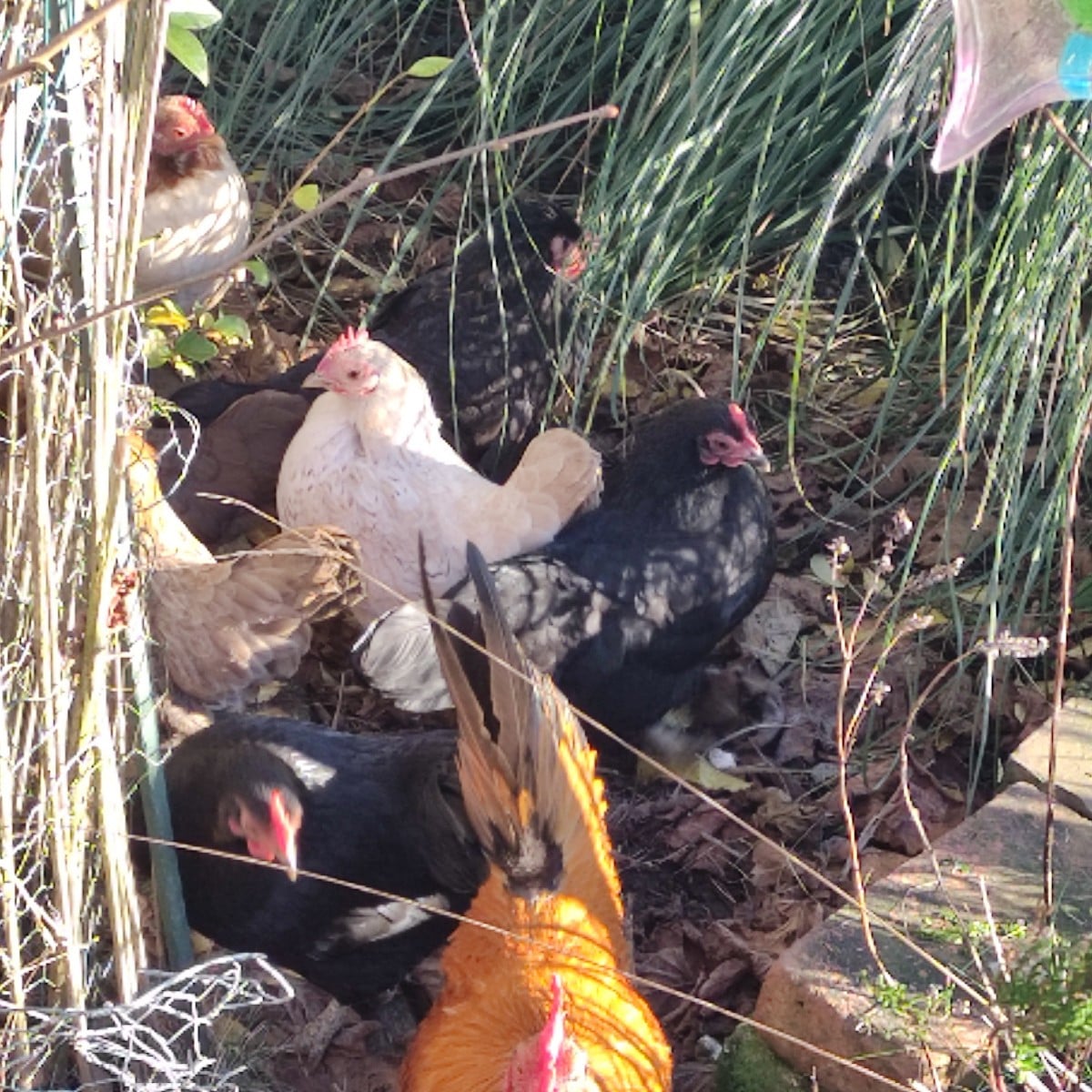
Liked 1 times
The chickens are not happy about the cold weather.
Show 1 answer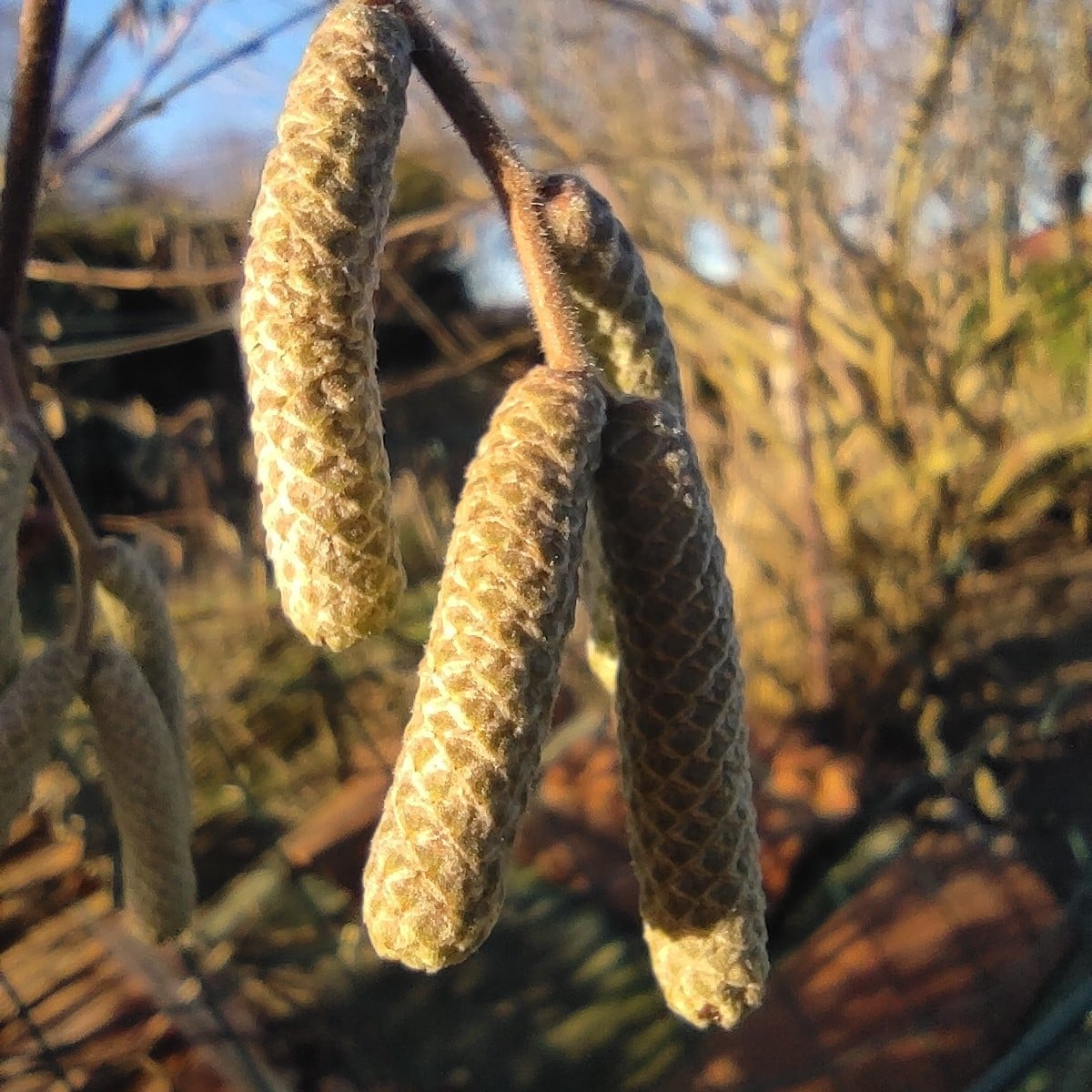
Liked 1 times
Without words
Show 1 answer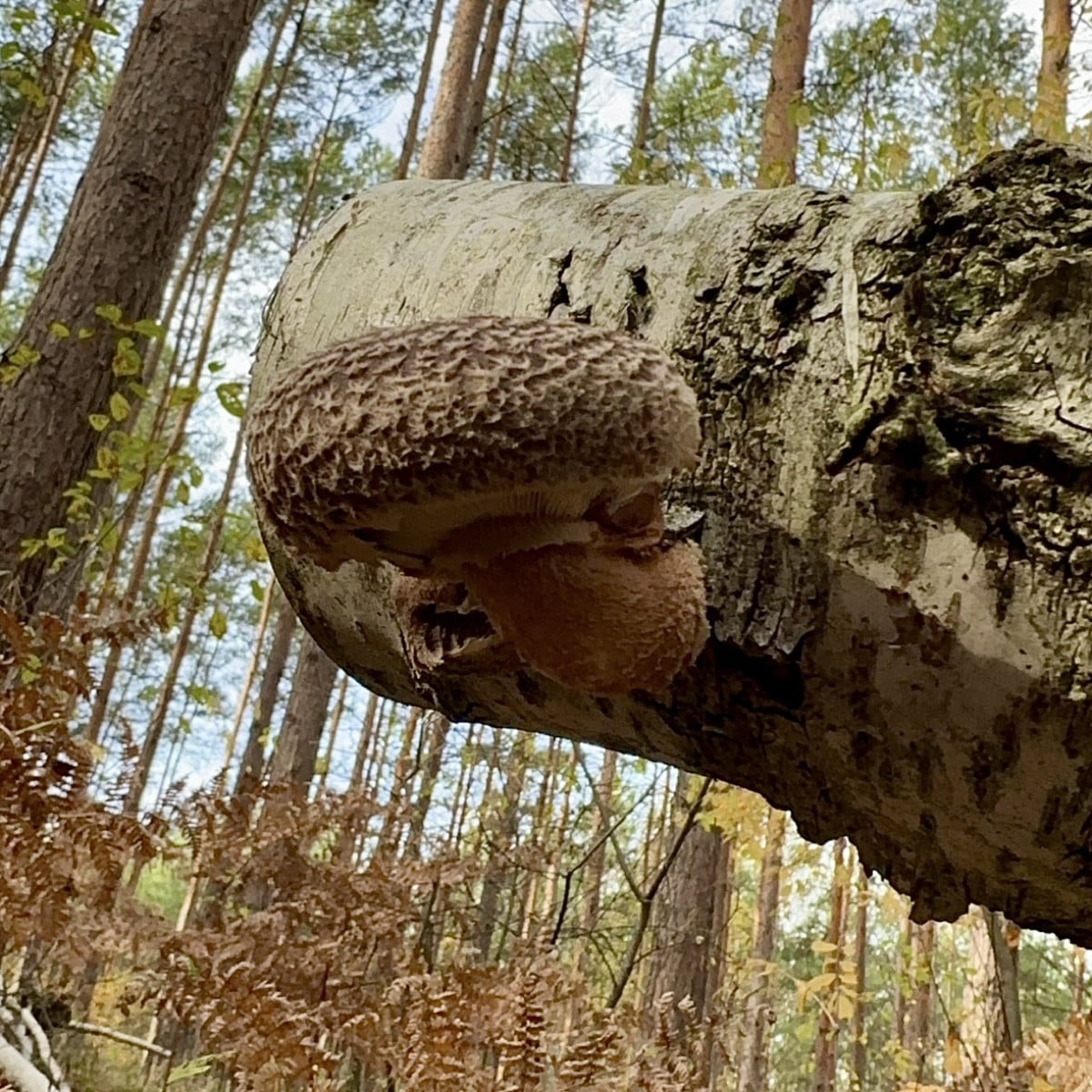
Liked 4 times
It may have actually worked with the shiitake smuggled into the fallen birch tree in our forest 🍄
Popular Articles
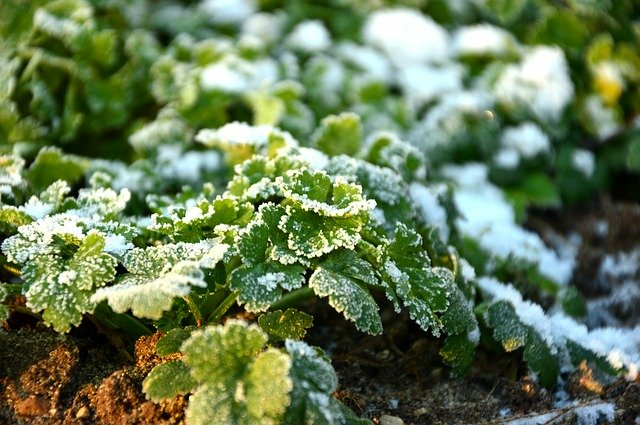
Overwintering Parsley: How to Do It Successfully
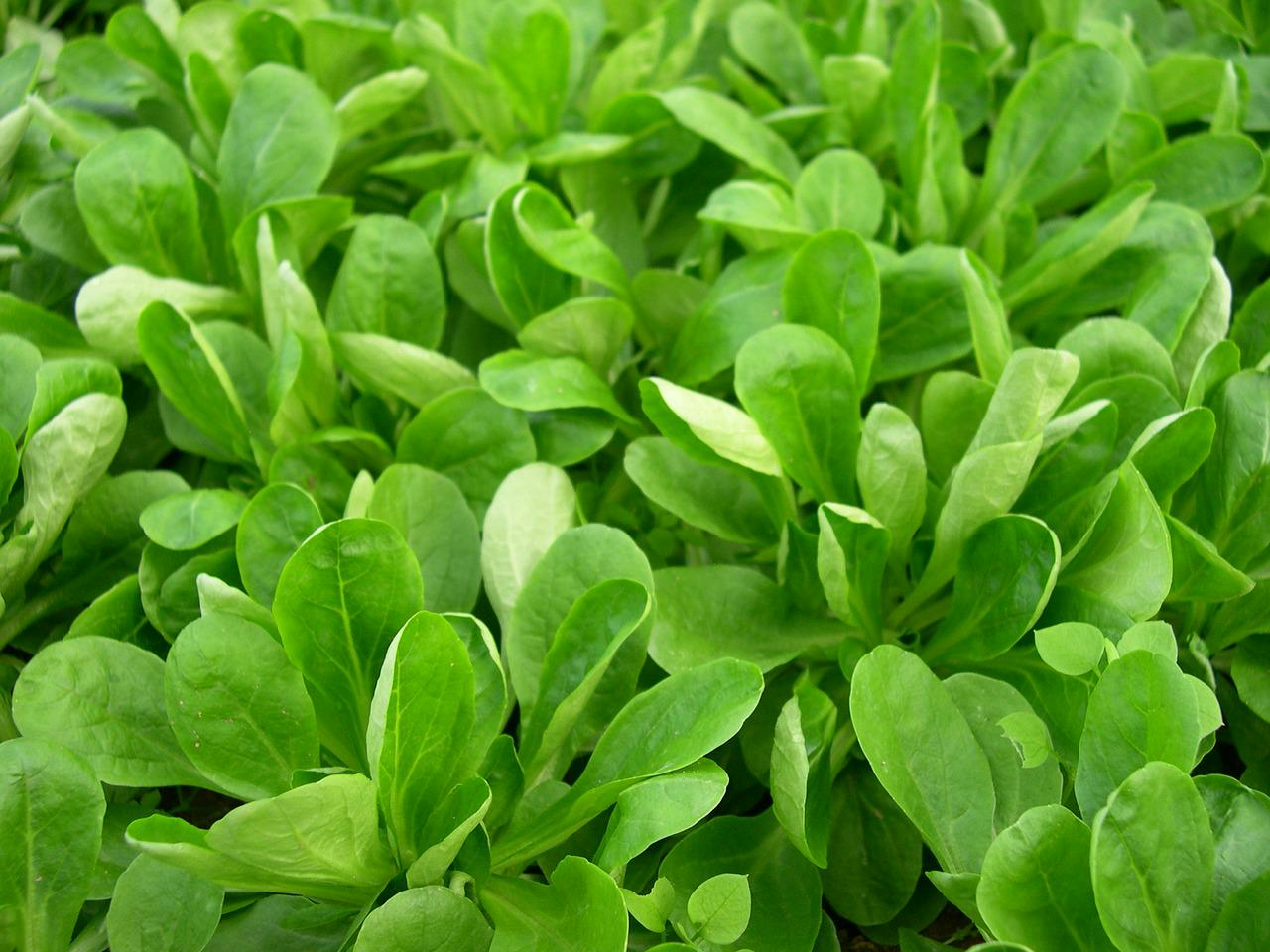
How to Grow Lettuce in Winter: Varieties, Sowing, Harvesting

Growing Sage Plant: Tips for Sowing and Harvesting
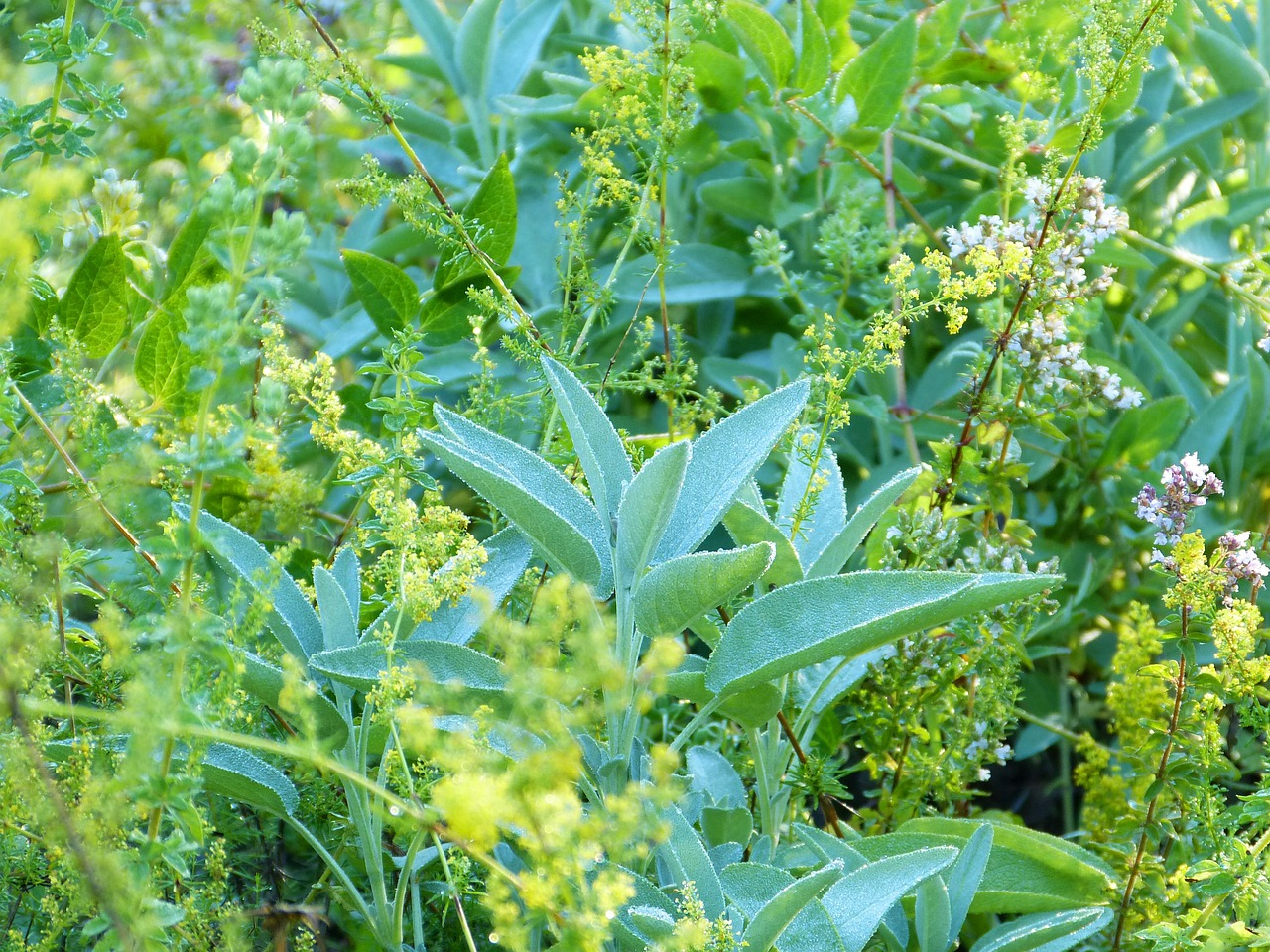
What Herbs Can Be Planted Together?
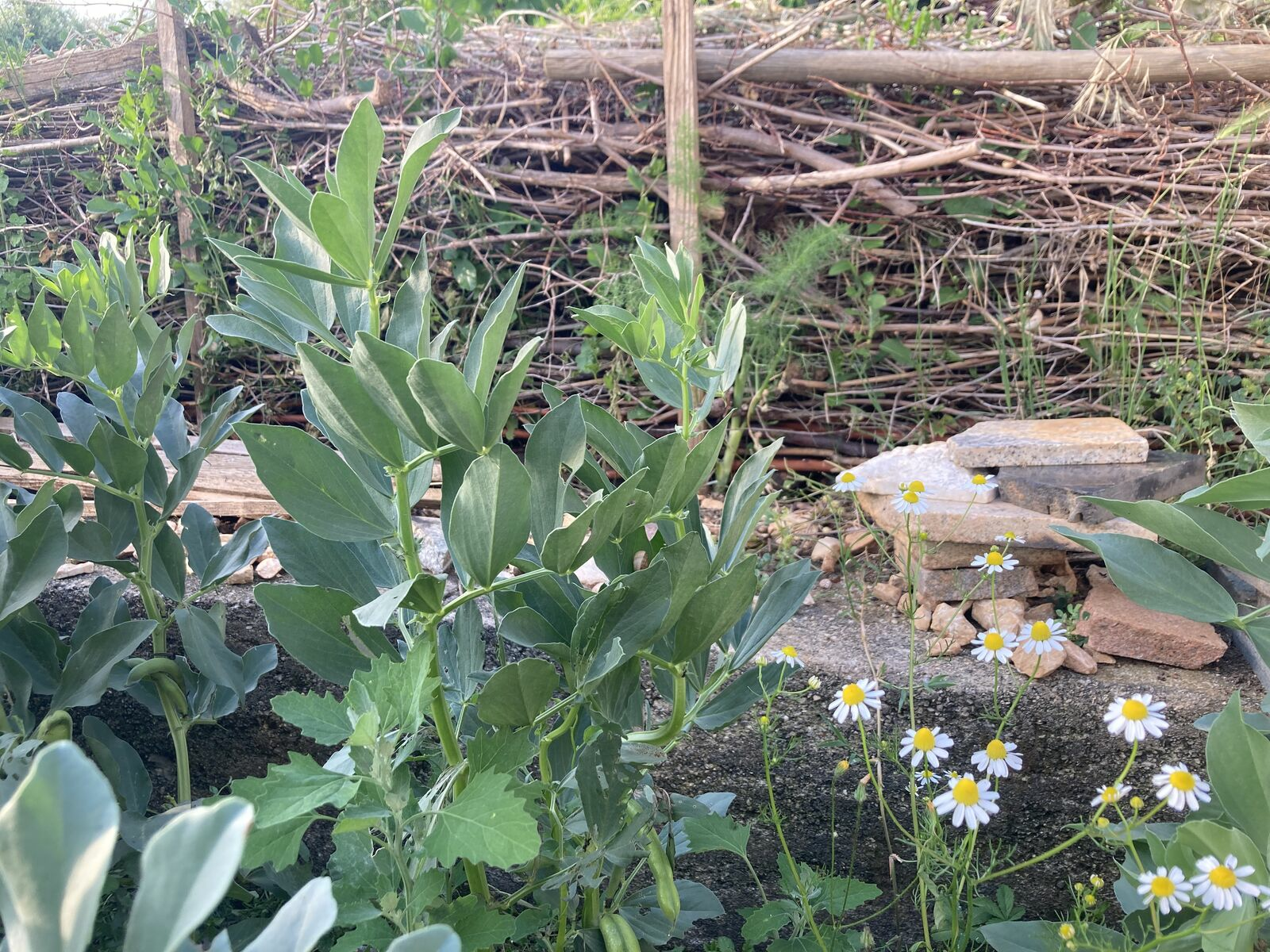
Create & Design a Permaculture Garden
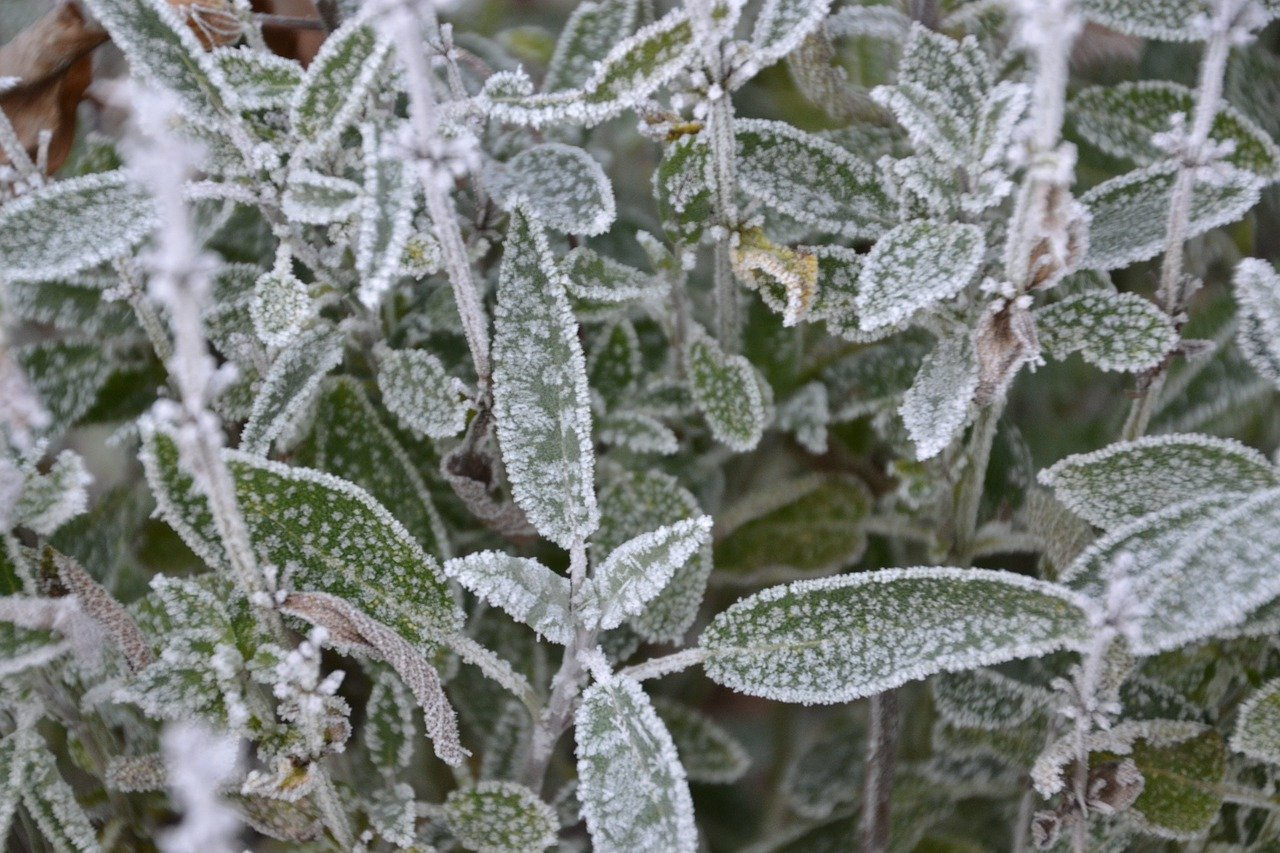
Overwintering Plants: Tubs, Pots and Raised Beds

Pruning, Fertilizing & Propagating Currants: Care Tips

Pruning Raspberries: How to Do It

Vegetable Garden With Greenhouse: How to Use Greenhouse Effect

Winterizing Beds and the Garden: How to Do It